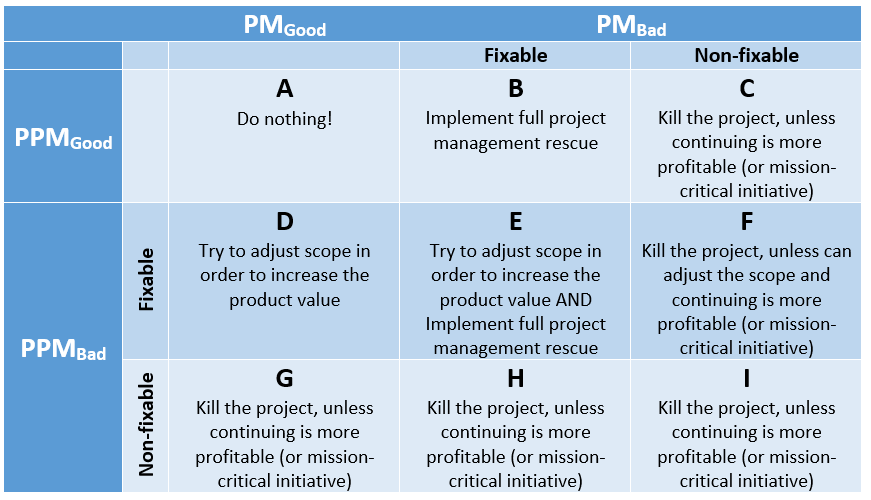Article - Top 10 Signs You Are a Horrible Project Stakeholder
Submitted by Jamal Moustafaev on Mon, 01/30/2017 - 14:50
Sign#1: You Never Plan and Discourage Others To Do So
Planning never helped anyone. Milestones and deadlines are unnecessary responsibilities and may cause severe headaches at times. Oh, and Gantt charts are for pussies!
Sign#2: Whenever Asked “When Do You Need This By?”, You Always Answer “Yesterday!”
First of all, this answer is hilariously funny! All team members and project managers especially simply love it! In addition it will raise your profile at the company as a no-nonsense, roll-up-your-hands-and-work-harder type of guy.
Sign#3: You Simply Love Having A Lot OF “All-Hands-On-Deck” Meetings
When inviting people always follow “the more, the merrier” approach. Are you planning to discuss high-level scope of the project? Get all of the technical team members in that damn conference room as well! Discussing detailed database design? Invite sales and marketing people; they will be thrilled to learn a lot of technical terms. Oh, and never, NEVER prepare an agenda for the meeting. Things will just sort themselves out.
Sign#4: You Never Trust Anyone
This especially goes to the estimates supplied by your technical team members. Whenever you hear something along the lines of “Well, I think this task should take me 5 or 6 days”, roll your eyes incredulously and decrease the estimate by 50 or even 70%. Believe me, your team members will come to love and respect you for your tough love.
Sign#5: Remember, There Are Always Evenings and Weekends
Always delay sending that all-important email containing a complicated change request until 4:55 pm, or, even better, 4:45 pm on Friday.
Sign#6: You Provide Specific Technical Advice At Any Opportunity
Tell your designed which colour combination is the most appropriate for the dining room. Find coding errors in your programmer’s script. Explain the basics of scheduling to your project manager. Educate your engineers about how to build ships. After all, division of labour is the thing of the past!
Sign#7: You Ignore Risks
Bad surprises do not happen on good projects! Scope creep is a myth created by those evil business analysts. Users always know exactly what they want and they never say, “Oh, and I just thought about this very important feature” in the middle of product acceptance procedure.


